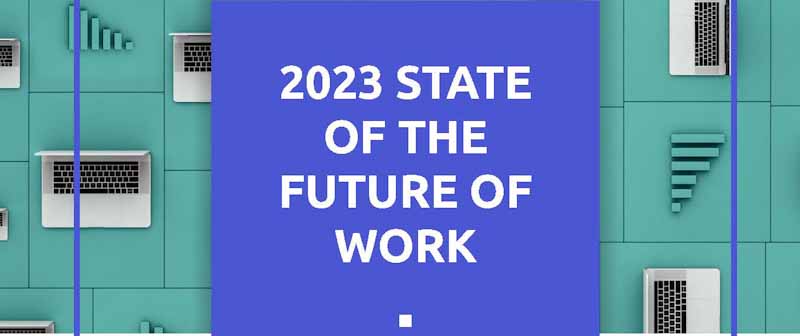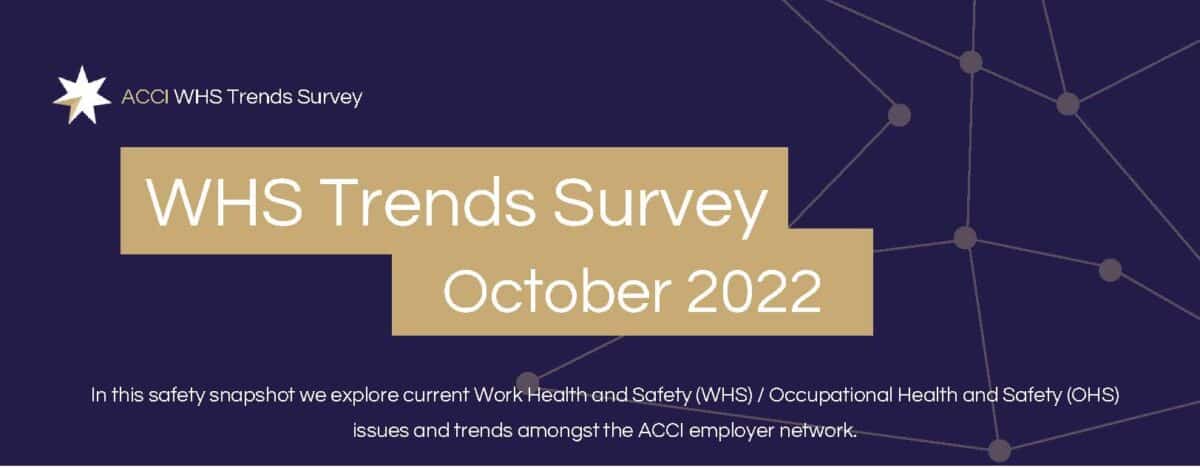The Chartered Institute of Personnel & Development (CIPD) has released an important survey of their members about health and wellbeing at work. Amongst many of the findings is that “Stress continues to be one of the main causes of absence” and that “Heavy workloads remain by far the most common cause of stress-related absence…” So how are CIPD members reducing the heavy workloads? They’re not. 78% of respondents are using Employee Assistance Programs (EAPs) to “identify and reduce stress”. Options like hiring additional staff or reducing the workload do not even chart. OMG!
Category: survey
There’s more to the Right to Disconnect than just ignoring the boss
The Australian Labor Party (ALP) conference has endorsed the concept of the right-to-disconnect, according to an article in The Australian. Sadly, the reporting on the change has a dismissive tone on what is an attempt to address the increasing costs of mental health at work. Readily accessible and recent survey data on the right-to-disconnect could have been used for a fuller analysis.
Journalist Ewin Hannan wrote:
Stress reenters the research vocabulary and we are all better for it
Work is making people sicker, according to a recently published research report from the University of Melbourne. The “2023 State of the Future Work – A Work Futures Hallmark Research Initiative Report” said:
“Critically, we find almost three-quarters of people with a chronic illness (73 percent) say that their health condition was caused or worsened by the stress associated with their job.”
page 15
It is good to see the various incarnations of work-related mental health conditions being brought back to the collective and specific term of Stress.
Confusing positions on mental health at work
On March 28 2023, the Victorian Chamber of Commerce and Industry (the Chamber) issued an important media release called “Preparing for workplace psychological health reform”. As with most media releases related to occupational health and safety (OHS) matters, it received little attention.
Anton Zytnik a consultant for the Chamber, warned against “mental health washing”, but this media release also contains examples of avoidance and misdirection. And he’s not the only one.
C-Suite is disinterested in OHS
Consulting firm KPMG has released its annual survey report on the concerns of corporate executives called “Keeping us up at night – The big issues facing business leaders in 2023”. Occupational health and safety (OHS) fails to get a mention. (So much for the attitudinal impact of Industrial Manslaughter laws!) But then neither does “mental health” nor “sexual harassment“.
The KPMG report may accurately reflect executive priorities, but it may also reflect a denial of reality.
Curious economic modelling on OHS
During October’s National Safe Work Month, Safe Work Australia released an important evaluation of the economics of occupational health and safety (OHS). The report, prepared by Deloitte, received minimal attention from the mainstream media who was more focussed on Treasurer Jim Chalmers‘ first national budget statement.
The timing of the report’s release seems unfortunate as work health and safety was almost totally absent from the Treasurer’s budget papers. It is doubly unfortunate as the information in the report focuses so much on the national economic context of managing OHS. The data and modelling may be fresh, but all it seems to achieve is to reinforce that managing work health and safety is important and that not doing so is expensive and presents missed opportunities. We’ve known this for decades from various extensive reports from the Productivity Commission and the Industry Commission before that.
SafetyAtWorkBlog was able to put some questions to Safe Work Australia’s Director, Data Analysis, Phillip Wise.
Fascinating trend survey that is really a snapshot
The Australian Chamber of Commerce and Industry (ACCI) has released a fascinating report into occupational health and safety (OHS) trends in Australia. As with the survey report by the Australian Council of Trade Unions earlier this month, the results are far from representative of the Australian population. In fact, the ACCI report is based on only 86 respondents.
The small sample limits some of the conclusions made by ACCI’s Director WHS Policy, Jennifer Low, but regardless, the report provides some insight into the OHS priorities, concerns and OHS literacy of ACCI members.







